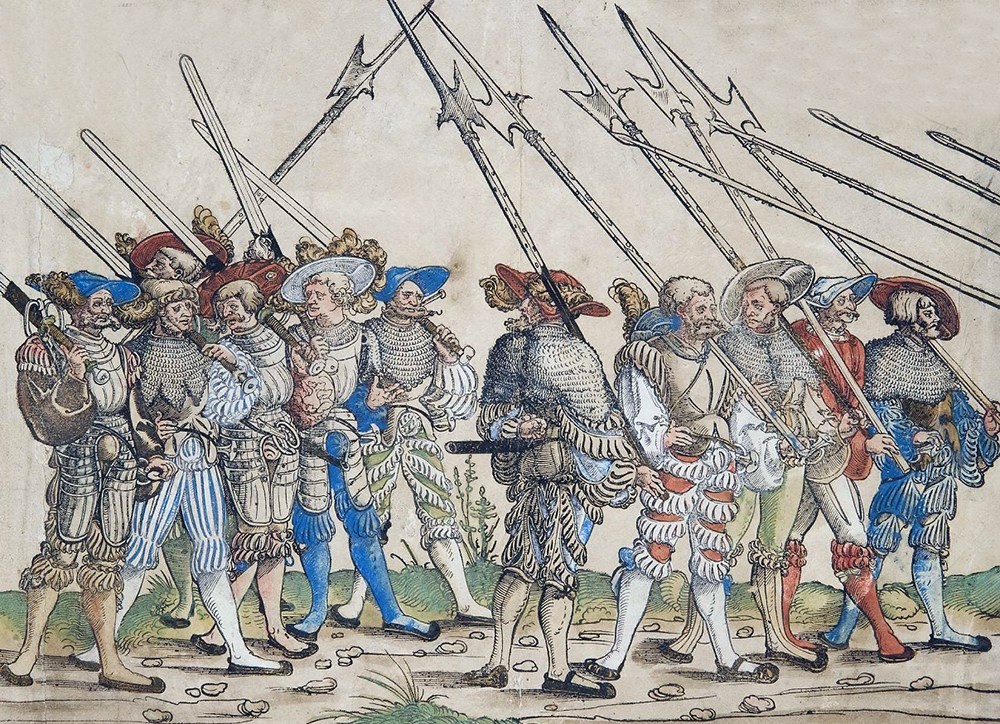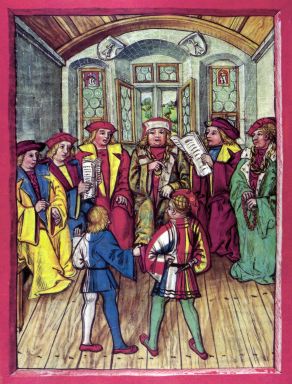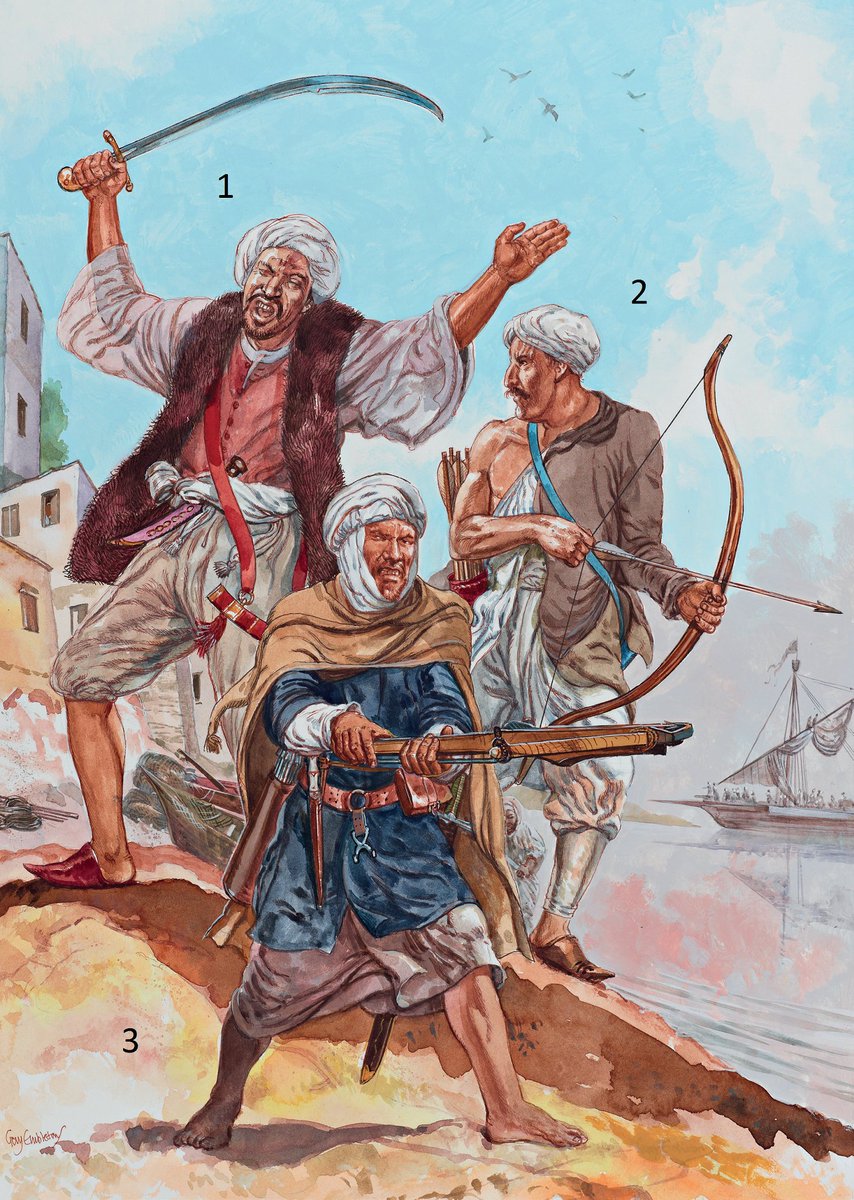
A thread about the Swabian League (1488-1534)! This was a military league established on the territory of the ancient Imperial stem duchy of Swabia supported by the Habsburg Holy Roman Emperor Maximilian I. It comprised more than 26 cities and many nobles, knights, and prelates! 



The Swabian League shows how inside the Holy Roman Empire different alliances and leagues often developed to protect their territories and trade from external and internal aggressors. A precedent in Swabia was already set in 14th century when Swabian League of Cities was born. 

The 1488-1534 Swabian League is an interesting case as it went through a very turbulent period of history of the Holy Roman Empire as it went through massive social, military and religious change. The Swabian League encountered all of these challenges to protect wealthy Swabia. 





The Swabian League was supported by Habsburg Emperor Maximilian to counter his expansionist Bavarian Wittelsbach rivals to the east of Swabia and also the Swiss Confederacy to the south which did not want to join the Swabian League because of their distrust towards Habsburgs. 



On 14 February 1488 Swabian League was formed by 22 Swabian Imperial cities, the knightly League of Saint George’s shield. They were joined by more cities and Archbishop-Electors of Mainz, Trier and Cologne, the Margraves of Baden, Bayreuth and Brandenburg-Ansbach. 

Eberhard of Württemberg became the first captain of the Swabian League, chivalrous man of great reputation whose personal motto was "attempto" ("I dare"). The League's capital was in Ulm and it was agreed that the League would maintain a force of 12000 infantry and 1200 cavalry. 



The same year the League intervened in Flanders where Maximilian I was captured by the rebels. They subdued the anti-Habsburg rebels and secured the lucrative trade in wool and textiles from the wealthy Flemish cities through the Rhineland to Swabia by means of the Rhine. 





The league had a very aristocratic nature an drew from knights, thus in its early years it relied on heavy armored cavalry which still ruled the late-medieval battlefields. However as the Swiss showed the effectiveness of pikes and with the advent of gunpowder, tactics changed. 

The Swabian League began using pike infantry and arquebusiers while also employing a light cavalry vanguard which used mobility to surprise the enemy infantry. This light cavalry was made out of poor knights from lower and impoverished nobility who roamed the Swabian countryside. 



These poor knights who had otherwise often become robber barons were recruited by the wealthy Swabian cities to serve as light cavalry mercenaries. The infantry regiments were recruited from the famous Landskencht mercenaries, complimented with city militias and artillery. 

Whilst the League was heavily supported by the Habsburgs and benefited from their association through lucrative trade from Flanders, their interests did not always align perfectly. The League wanted to defend their territories while the Habsburgs wanted to expand their might. 

In 1499, the Habsburgs began the Swabian War against the Swiss. The Swabian League had long been under threat from Swiss raids and expansion, but did not fully commit to the Habsburg cause as the Habsburg primary goal was to also secure another Alpine pass to Italy. 



The Swabian War failed miserably as the campaign was very poorly led with undisciplined mercenary troops more interested in raiding and pillaging than waging a disciplined campaign of conquest against the well-prepared and hardened Swiss warriors who won all major battles. 





Maximilian I was forced to sign peace treaty with the Swiss, de facto recognizing their sovereignty from the Holy Roman Empire. The peace was actually good for the Swabian League, however, as it stopped the Swiss threat. 



In the following years, Maximilian I settled with the Bavarian Wittelsbachs as well as Albert IV, Duke of Bavaria, gave him most southern districts of Bavaria-Landshut in 1507 which were annexed to Habsburg Tyrol. Thus both external threats for Swabian League were eliminated. 



The Swabian League now focused on eliminating the threats to established order inside its borders, whether it came from nobility or from the peasants. In 1519, they drove the extravagant and volatile duke Ulrich from Württemberg and annexed the city of Reutlingen. 



The Swabian League effectively worked as a peacekeeping force to enforce the Landfrieden. The next target were the ferocious robber barons in Franconia, who were subdued by the army of the Swabian League in Franconian war of 1523 when several of their castles were conquered. 

After the threat from the rebellious nobility was eliminated, a new threat emerged in the form of peasant rebellions as the German Peasants' War broke out in 1524 and soon troubled the Swabian League in 1525 with uprisings in Black Forest, Breisgau, Hegau, Sundgau and Alsace. 



This time the interests of the Habsburgs again somewhat disrupted those of Swabian League as the Habsburgs raised a huge army of Landsknechts to fight in Italian Wars in Pavia that same year, draining Swabia out of recruiting manpower of mercenaries. Only 3000 infantry was raised 



The Swabian League thus had to buy time until the veterans of Pavia returned. Georg, Truchsess von Waldburg, was appointed to crush the peasant rebellion with 7000 infantry, 1500 cavalry and 18 pieces of artillery. He did so with great success and destroyed armies of peasants. 



Georg von Waldburg was a very brutal man who crushed the peasant rebellion with great cruelty! He pursued the peasants into their villages to torture and execute them. No mercy was shown to them! Because of this, this Georg von Waldburg was nicknamed Scourge of the Peasants! 

The Swabian League intervened as far as Salzburg where they saved the arrogant Prince-Archbishop of Salzburg Matthäus Lang von Wellenburg from the rebellious peasants as they besieged his castle of Hohensalzburg in 1525. 

The Swabian League essentially guarded the interests of the wealthy cities and of those aristocrats that adapted to the new times, purging the knights of old medieval mentality who resorted to banditry as well as the poor peasants who rebelled. In this, the League was successful! 

The Swabian League could not guard its interests against the religious differences, though. With the rise of Protestantism, the League became divided and was ultimately disbanded in 1534, as the distrust among its Catholic and Protestant members was no possible to overcome. 

• • •
Missing some Tweet in this thread? You can try to
force a refresh


























